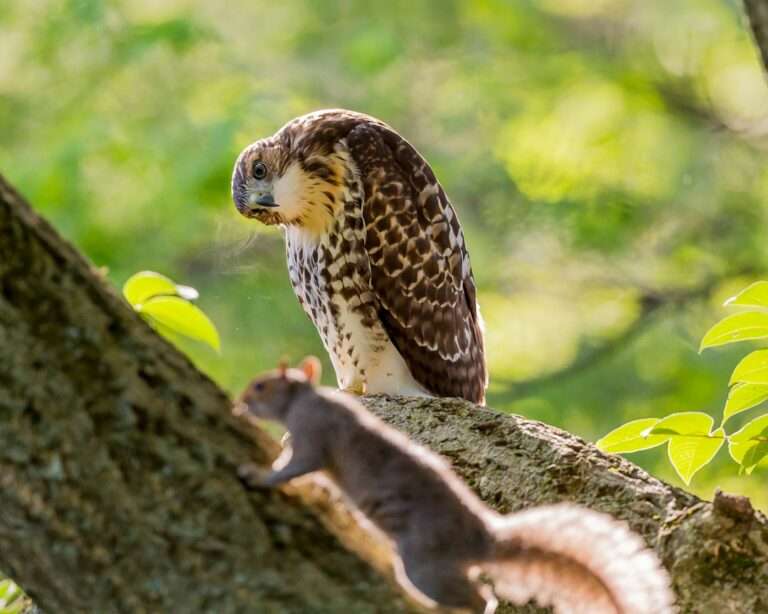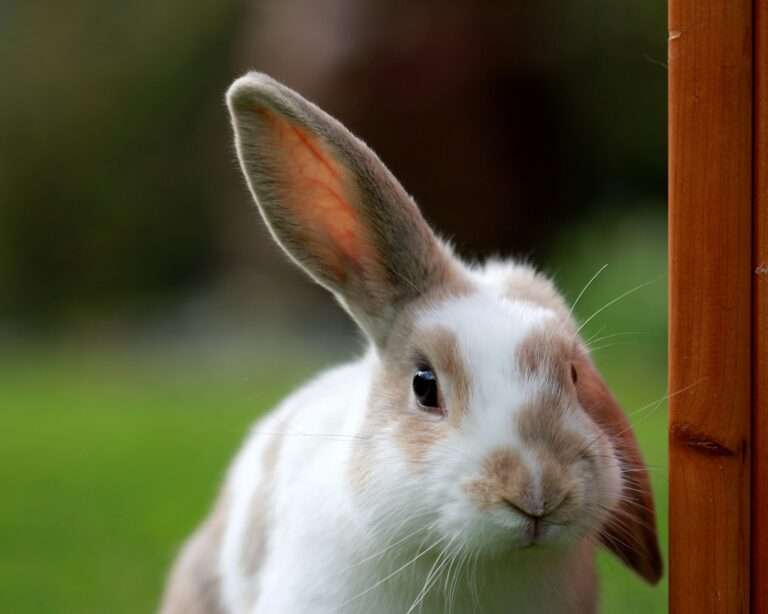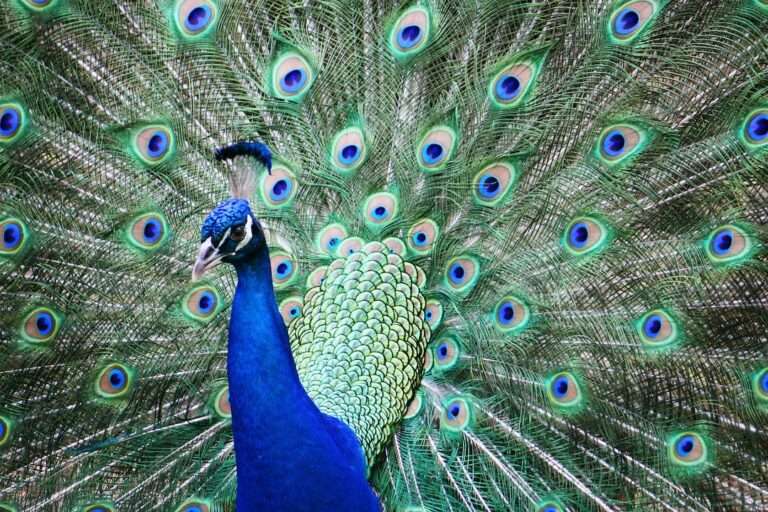The Slow and Steady Path: Exploring the Symbolism of Sloths in Life and Spirituality
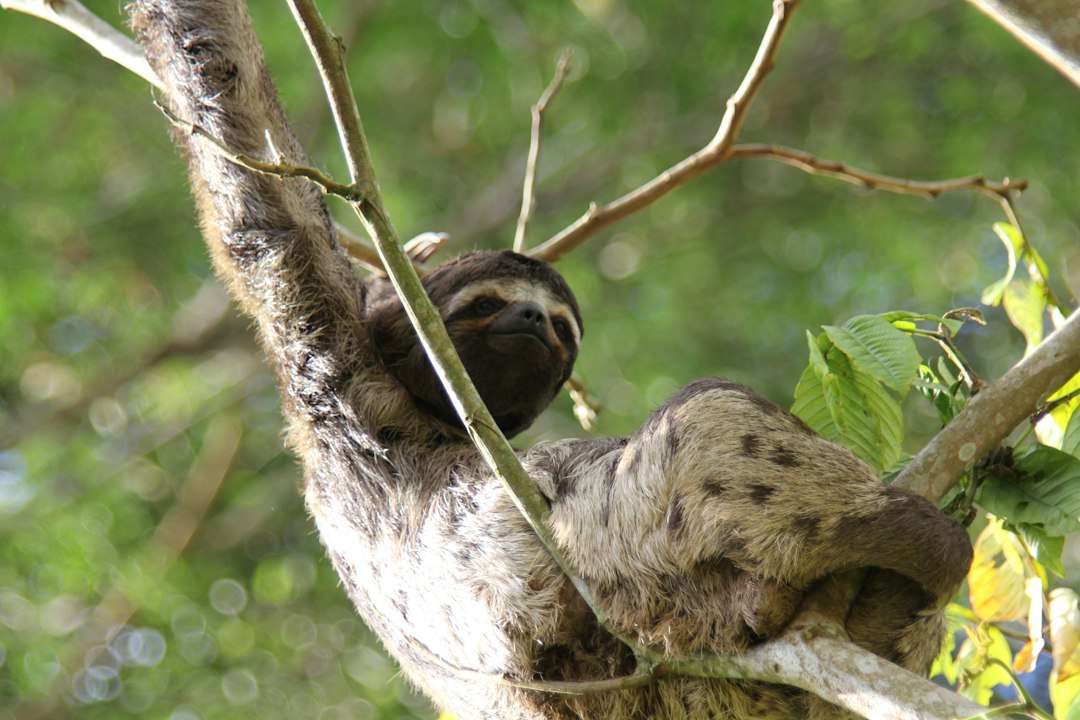
Sloths are often associated with being slow-moving creatures, known for their leisurely pace and relaxed demeanor. However, there is much more to these fascinating animals than meets the eye. In this blog post, we will take a closer look at the world of sloths, exploring their physical characteristics, habitat, behavior, and social structure. We will also delve into the significance of slow and steady progress in life, the spiritual symbolism of sloths in different cultures, the importance of patience and persistence in achieving goals, and the healing properties of sloths. Additionally, we will discuss the lessons we can learn from sloths’ unique behavior, their connection to mindfulness, their role in nature and the environment, and their impact on pop culture and society.
Key Takeaways
- Sloths are fascinating creatures that have unique behaviors and adaptations.
- Slow and steady progress is important in achieving goals and success in life.
- Sloths have spiritual symbolism in different cultures, representing patience and wisdom.
- Embracing a slothful lifestyle can help us slow down and appreciate the present moment.
- Sloths have healing properties that can benefit our well-being, such as reducing stress and anxiety.
The Fascinating World of Sloths: A Closer Look
Sloths are arboreal mammals that are native to the rainforests of Central and South America. They are known for their slow movements, which are a result of their low metabolic rate. This slow pace allows them to conserve energy and survive on a diet that consists mainly of leaves. Sloths have long claws that they use to grip onto tree branches, allowing them to hang upside down for extended periods of time. Their fur is coarse and grows in the opposite direction from most mammals, which helps to protect them from rain while they are hanging from trees.
In terms of habitat, sloths are primarily found in tropical rainforests, where they spend most of their lives in the canopy layer. They are well adapted to this environment, with their long limbs and curved claws allowing them to move easily through the trees. Sloths are herbivores and feed mainly on leaves, which provide them with the nutrients they need to survive. Their slow metabolism allows them to extract as much energy as possible from their diet, despite the low nutritional value of leaves.
In terms of behavior, sloths are solitary animals that spend the majority of their time hanging from tree branches. They are most active at night, when they venture out to find food and mates. Sloths have a slow and deliberate way of moving, which helps them to avoid detection by predators such as jaguars and eagles. They are also known for their ability to camouflage themselves in the trees, thanks to their greenish-brown fur and algae that grows on their fur.
The Significance of Slow and Steady Progress in Life
While sloths may be known for their slow pace, there is much to be learned from their approach to life. In a world that often values speed and instant gratification, taking things slow can have its benefits. Just like sloths, humans can benefit from slow and steady progress in achieving their goals.
One of the benefits of slow and steady progress is that it allows for a more sustainable approach to achieving goals. When we rush through tasks or try to achieve too much too quickly, we often end up burning out or making mistakes. By taking our time and focusing on one step at a time, we can ensure that we are giving our best effort and setting ourselves up for long-term success.
There are many examples of successful individuals who took their time to achieve success. For instance, J.K. Rowling spent years working on the Harry Potter series before it became a global phenomenon. Steve Jobs took a decade-long hiatus from Apple before returning to lead the company to unprecedented success. These individuals understood the importance of patience and persistence in achieving their goals, and their success is a testament to the power of slow and steady progress.
The Spiritual Symbolism of Sloths in Different Cultures
| Culture | Sloth Symbolism | Meaning |
|---|---|---|
| Native American | Sloth as a spirit animal | Patience, wisdom, and introspection |
| Ancient Egyptian | Sloth as a symbol of the god Thoth | Intelligence, knowledge, and writing |
| Mayan | Sloth as a symbol of the god Xibalba | Death and rebirth, underworld |
| Chinese | Sloth as a symbol of longevity | Long life, good health, and prosperity |
| Christianity | Sloth as one of the seven deadly sins | Laziness, apathy, and lack of motivation |
Sloths have long been associated with spiritual symbolism in various cultures around the world. In many indigenous cultures, sloths are seen as symbols of wisdom, patience, and tranquility. Their slow pace and relaxed demeanor are often interpreted as a reminder to slow down and appreciate the present moment.
In some cultures, sloths are also associated with the concept of laziness or slothfulness. However, this interpretation fails to capture the true essence of sloths. While they may move slowly, sloths are highly adapted to their environment and have developed unique strategies for survival. Their slow pace is not a sign of laziness, but rather a reflection of their energy-efficient lifestyle.
In spiritual contexts, sloths are often seen as symbols of balance and harmony. Their ability to live in the present moment and embrace a slower pace of life can serve as a reminder to humans to find balance in their own lives. By slowing down and taking the time to appreciate the world around us, we can cultivate a sense of peace and tranquility.
The Importance of Patience and Persistence in Achieving Goals
The importance of patience and persistence in achieving goals cannot be overstated. Just like sloths, humans often face obstacles and setbacks on the path to success. It is through patience and persistence that we are able to overcome these challenges and continue moving forward.
Patience is the ability to wait calmly for something that we desire or for a desired outcome. It is about understanding that good things take time and that rushing through the process can lead to subpar results. By cultivating patience, we can learn to trust the process and have faith that our efforts will eventually pay off.
Persistence, on the other hand, is the ability to keep going even when faced with obstacles or setbacks. It is about staying committed to our goals and not giving up when things get tough. By being persistent, we can overcome challenges and continue making progress towards our goals.
There are many examples of individuals who have achieved success through patience and persistence. Thomas Edison famously said, “I have not failed. I’ve just found 10,000 ways that won’t work” in reference to his numerous attempts to invent the light bulb. His persistence eventually paid off, and he is now remembered as one of the greatest inventors in history.
The Power of Slowing Down: Embracing the Slothful Lifestyle
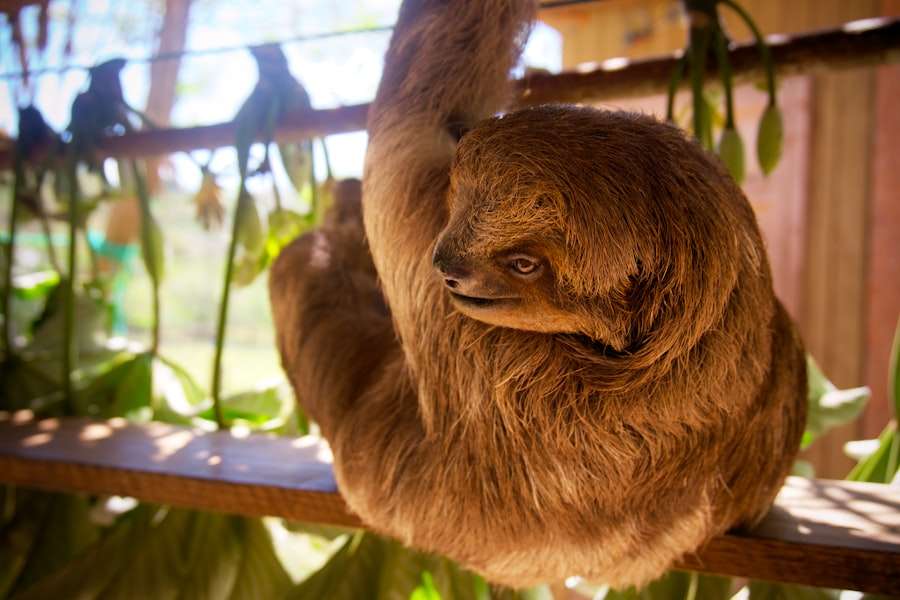
In a world that is constantly moving at a fast pace, there is great value in slowing down and embracing a more relaxed lifestyle. Just like sloths, humans can benefit from taking the time to rest, recharge, and appreciate the simple pleasures of life.
One of the benefits of slowing down is that it allows us to reduce stress and improve our overall well-being. When we are constantly rushing from one task to another, we can become overwhelmed and burnt out. By slowing down and taking the time to relax, we can reduce stress levels and improve our mental and physical health.
There are many ways to incorporate slow living into our daily routines. For example, we can set aside time each day for activities that bring us joy and help us relax, such as reading a book, taking a walk in nature, or practicing mindfulness. We can also prioritize self-care by getting enough sleep, eating nutritious meals, and engaging in activities that promote relaxation and stress relief.
When we embrace a more relaxed lifestyle, we can experience greater happiness and fulfillment. By taking the time to slow down and appreciate the present moment, we can find joy in the simple pleasures of life and cultivate a sense of gratitude for all that we have.
The Healing Properties of Sloths: How They Can Benefit Our Well-being
Interacting with animals has long been recognized for its therapeutic benefits. Animals have a unique ability to provide comfort, reduce stress, and improve our overall well-being. Sloths are no exception, with their calm and gentle nature making them ideal companions for those seeking emotional support.
Sloths have a calming effect on humans, with their slow movements and relaxed demeanor helping to reduce stress and anxiety. Spending time with a sloth can help to lower blood pressure, reduce heart rate, and promote a sense of relaxation. This can be particularly beneficial for individuals who are dealing with high levels of stress or anxiety.
Sloths have also been used in animal-assisted therapy, where they are brought into healthcare settings to provide comfort and support to patients. The presence of a sloth can help to create a calming and soothing environment, which can be especially beneficial for individuals who are undergoing medical treatments or experiencing emotional distress.
The Lessons We Can Learn from the Sloth’s Unique Behavior
Sloths have many unique behaviors and adaptations that can teach us valuable lessons about life. One of the most important lessons we can learn from sloths is the importance of taking things slow and embracing a relaxed demeanor.
In a world that often values speed and productivity, sloths remind us that it is okay to slow down and take our time. By moving at a slower pace, we can appreciate the beauty of the world around us and find joy in the present moment. Sloths also teach us the importance of patience and persistence in achieving our goals. Just like sloths, we may face obstacles and setbacks on our journey, but by staying committed and not giving up, we can overcome these challenges and continue moving forward.
Another lesson we can learn from sloths is the importance of balance and harmony. Sloths have adapted to their environment in a way that allows them to live in perfect harmony with their surroundings. By observing sloths, we can learn to find balance in our own lives and cultivate a sense of peace and tranquility.
The Connection Between Sloths and Mindfulness
Mindfulness is the practice of paying attention to the present moment without judgment. It involves bringing our full awareness to our thoughts, feelings, and sensations, as well as the world around us. Sloths can serve as a powerful reminder to practice mindfulness and embrace the present moment.
When we observe sloths, we can see that they are fully present in each moment. They move slowly and deliberately, taking the time to savor each experience. By observing sloths, we can learn to slow down and appreciate the simple pleasures of life. We can learn to let go of worries about the past or future and focus on the here and now.
Practicing mindfulness has many benefits for our mental and physical well-being. It can help to reduce stress, improve focus and concentration, and enhance our overall sense of happiness and well-being. By incorporating mindfulness into our daily lives, we can cultivate a greater sense of peace and contentment.
The Role of Sloths in Nature and the Environment
Sloths play a vital role in their ecosystem and have a significant impact on the environment. As herbivores, they help to disperse seeds through their feces, which helps to promote the growth of new plants. Sloths also provide a source of food for predators such as jaguars and eagles, helping to maintain a balanced ecosystem.
However, sloths are currently facing numerous threats to their survival. Deforestation, habitat loss, and illegal hunting are all contributing to the decline in sloth populations. It is important that we take action to protect sloths and their habitats to ensure their long-term survival.
Conservation efforts for sloths include creating protected areas, promoting sustainable land use practices, and raising awareness about the importance of preserving their habitats. By supporting these efforts, we can help to ensure that future generations will be able to enjoy the presence of these unique creatures in the wild.
The Impact of Sloths on Pop Culture and Society
Sloths have become increasingly popular in mainstream culture in recent years. They have been featured in movies, television shows, and advertisements, often portrayed as lovable and relatable characters. The popularity of sloths has had a significant impact on society’s perception of slow living and relaxation.
In a world that is constantly connected and always on the go, sloths serve as a reminder to slow down and take the time to relax. They have become symbols of the slow living movement, which encourages individuals to embrace a more relaxed and mindful lifestyle. By embracing slow living, we can reduce stress, improve our well-being, and find greater happiness and fulfillment.
The representation of sloths in media and advertising has also helped to raise awareness about the importance of protecting sloths and their habitats. By showcasing these unique creatures in a positive light, we can inspire others to take action and support conservation efforts.
In conclusion, sloths are fascinating creatures that have much to teach us about life. From their physical characteristics and adaptations to their behavior and social structure, there is much to be learned from these slow-moving animals. The significance of slow and steady progress in life, the spiritual symbolism of sloths in different cultures, the importance of patience and persistence in achieving goals, the healing properties of sloths, the lessons we can learn from their unique behavior, their connection to mindfulness, their role in nature and the environment, and their impact on pop culture and society are all topics worth exploring.
By embracing the qualities of sloths – their slow pace, relaxed demeanor, and ability to live in the present moment – we can cultivate a greater sense of peace, happiness, and well-being. We can learn to appreciate the simple pleasures of life, find balance in our own lives, and make a positive impact on the world around us. So let us take a moment to slow down, observe the world around us, and embrace the unique qualities of sloths.
If you’re interested in exploring more symbolism, you might find the article on the symbolism of the snake intriguing. Snakes have long been associated with various meanings and interpretations across different cultures and belief systems. From representing transformation and rebirth to symbolizing wisdom and healing, the snake holds a significant place in our collective consciousness. To delve deeper into this fascinating topic, check out this article on the symbolism of a snake.
FAQs
What is sloth symbolism?
Sloth symbolism refers to the use of sloths as a representation of certain ideas or concepts in various cultures and belief systems.
What does a sloth symbolize?
Sloths are often associated with slow movement, relaxation, and a laid-back lifestyle. They can also symbolize patience, wisdom, and a connection to nature.
What cultures use sloth symbolism?
Sloth symbolism can be found in various cultures, including Native American, South American, and African cultures. It is also used in modern popular culture, such as in memes and social media.
What is the spiritual meaning of sloths?
In spiritual contexts, sloths can represent a connection to the earth and a reminder to slow down and appreciate the present moment. They can also symbolize the importance of rest and relaxation in achieving spiritual growth.
What is the significance of sloths in nature?
Sloths play an important role in their ecosystems as they are a food source for predators and help to disperse seeds through their feces. They also have a unique physiology that allows them to conserve energy and survive in their environment.
